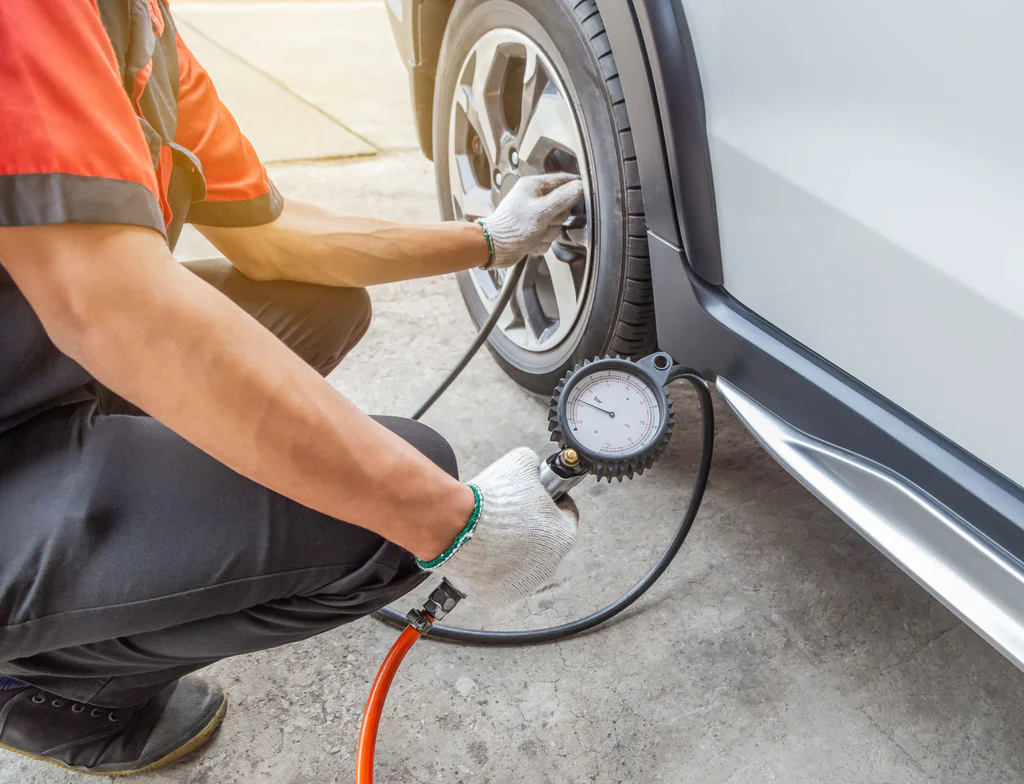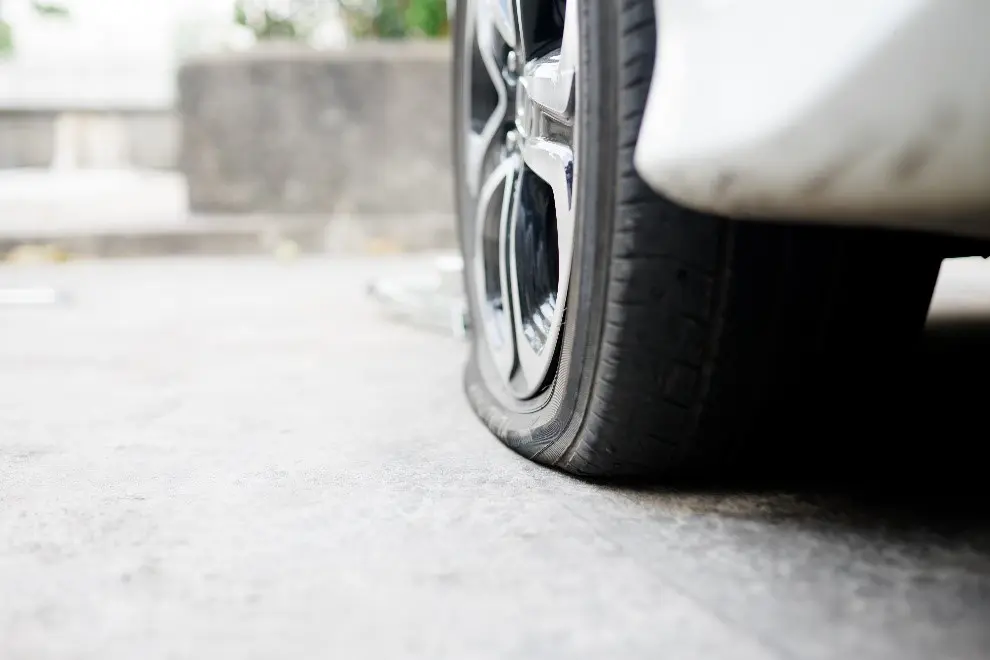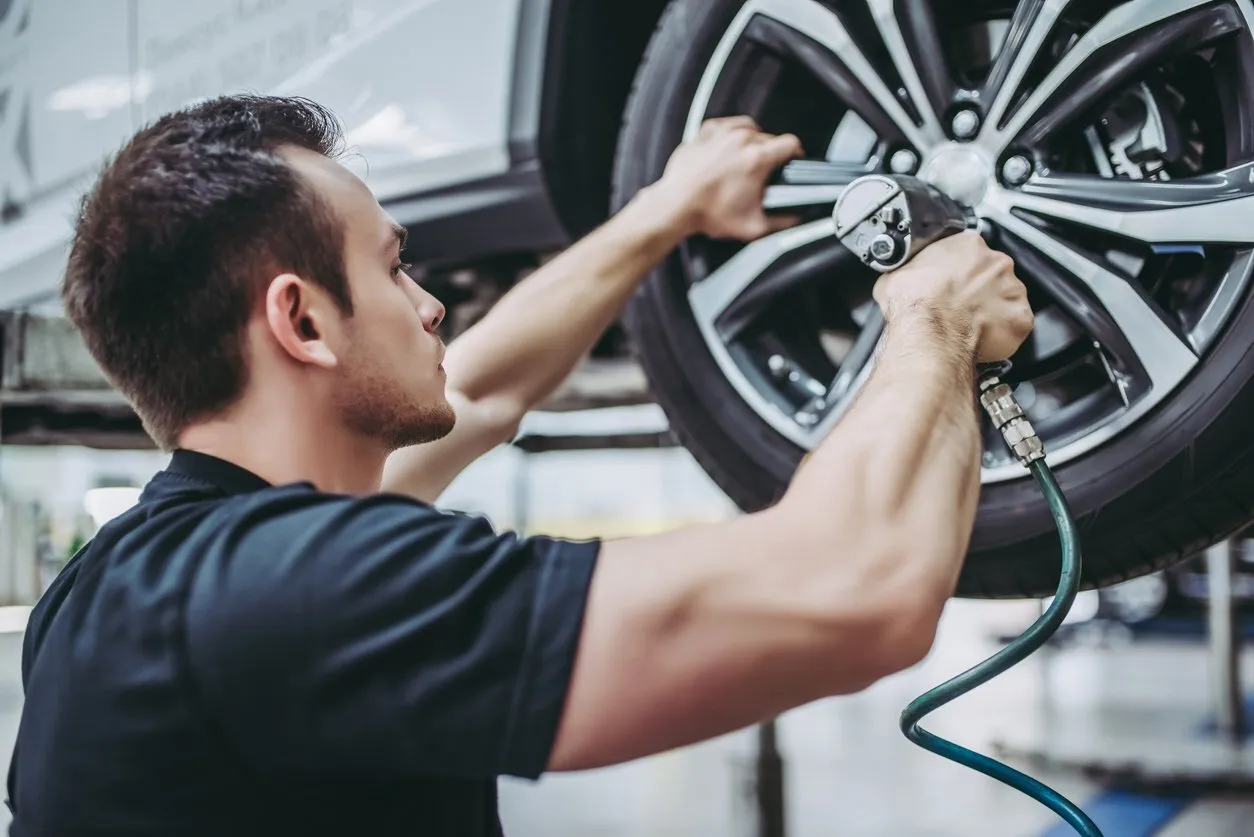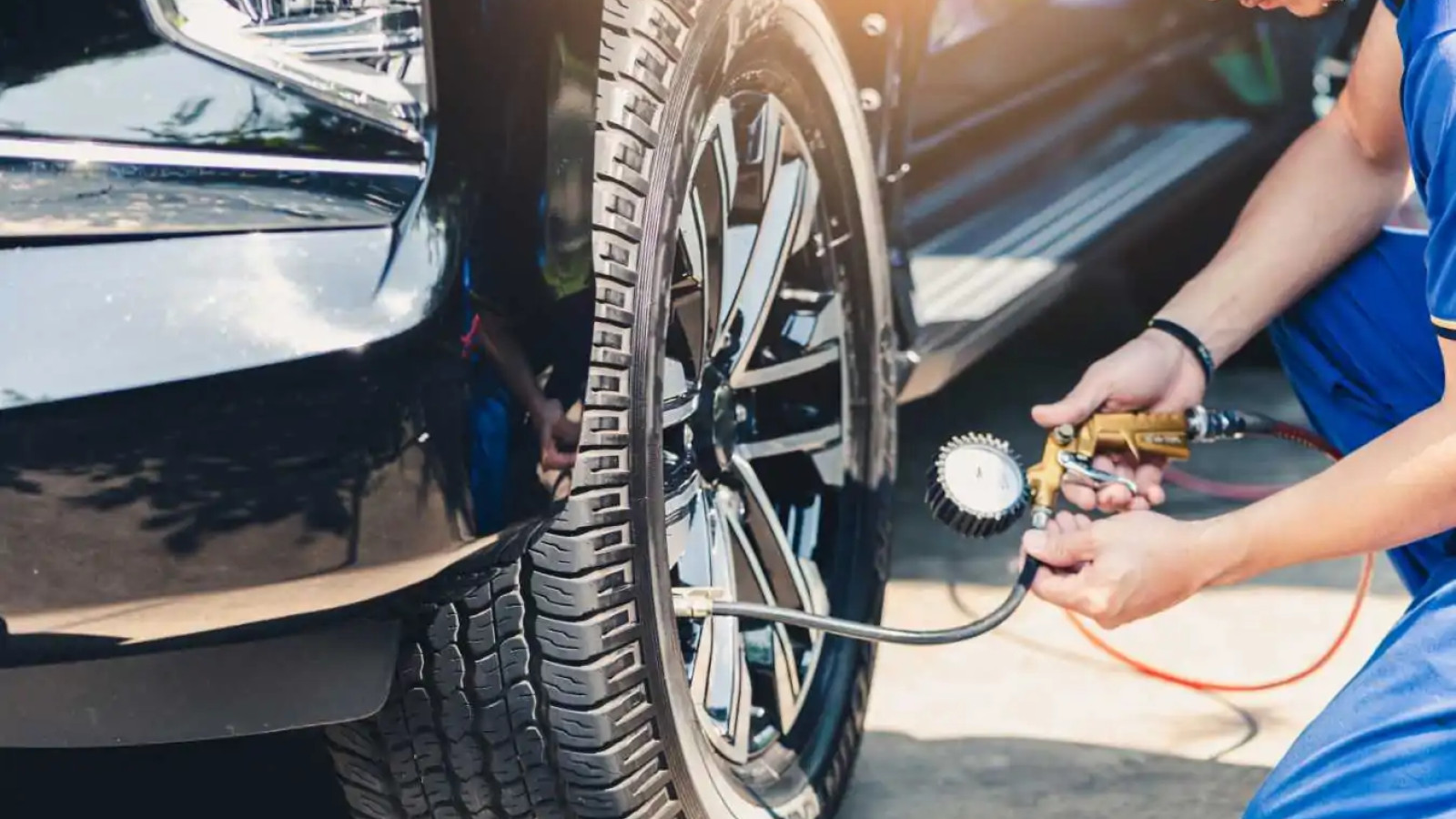Understanding the Importance of Correct Tire Pressure in Summer
As temperatures soar during the summer months, proper tire pressure becomes a critical factor in vehicle safety and optimal driving performance. Tires are the only point of contact between your car and the road. This unique role means that any issue—especially improper tire pressure—can significantly impact ride quality, handling, fuel efficiency, and most importantly, the overall safety of everyone in the vehicle.
Summer heat amplifies these concerns. Elevated temperatures cause air to expand inside the tire, potentially increasing the risk of tire blowouts. Maintaining manufacturer-recommended tire pressure not only ensures safer journeys but can also lead to notable fuel savings. In this comprehensive guide, we’ll explore the vital aspects of adjusting tire pressure for summer, effective maintenance methods, and key safety practices that every car enthusiast and driver should know.
Why is Tire Pressure Management More Critical During Summer?
While checking your tire pressure once a month is advisable year-round, the summer season demands extra vigilance. Studies reveal that for every 10-degree Fahrenheit (about 5.5°C) increase in ambient temperature, tire air pressure can rise by about 1 PSI (pounds per square inch). An overinflated tire can lead to reduced traction and a higher risk of bursting, while underinflated tires increase rolling resistance, fuel consumption (by up to 6%), and dramatically reduce tire lifespan—sometimes by as much as 25%.
Properly managed tire pressure boosts safety, extends tire service life, and contributes to more economical driving—all priorities for drivers, auto enthusiasts, and fleet managers alike.

How Does Summer Heat Affect Tire Pressure?
High ambient temperatures, hot asphalt, and long-distance driving all elevate the pressure inside your car tires. The temperature fluctuation between day and night, especially in arid or desert regions, can further compound these effects. That’s why regular tire pressure adjustments are vital during summer, ensuring tire integrity regardless of driving conditions.
Recommended Tire Pressure Ranges for Popular Vehicles in Summer
Although general guidelines suggest keeping your cold tire pressure between 30-35 PSI, your vehicle's make, weight, and load capacity must be considered. Owners of popular models such as the BMW, VW, Toyota, Mazda, Hyundai, Honda, Ford, etc, should consult their owner’s manual or the manufacturer’s sticker (usually found on the driver’s door jamb) for precise recommendations. As a point of reference:

Adhering to correct pressure not only maximizes safety but also enhances the car's handling and overall driving feel.
Crucial Tire Maintenance & Safety Tips for Hot Weather
Extreme heat further compounds potential tire issues. To mitigate risks and protect your investment, consider these key summer tire care tips:
- Monthly Pressure Checks: Use a reliable gauge to ensure all tires (including the spare) are at the correct PSI, ideally when tires are cold.
- Monitor Tread Depth: Make sure tire treads are at least 1.6 mm deep to maintain traction and safety, especially on hot and slick roads.
- Avoid Overloading: Stick to the recommended load index for your vehicle—usually between 400 to 475 kg for most passenger cars—to reduce unnecessary stress on your tires.
- Practice Gentle Driving: On days when the road surface is extremely hot, accelerate and brake smoothly to lessen heat buildup in the tires.
- Park in the Shade: Whenever possible, park your car away from direct sunlight to protect both your paintwork and your tires from excessive heat exposure.
The Impact of Tire Pressure on Vehicle Performance
Vehicle Safety & Handling
Maintaining optimal tire pressure improves the contact patch between your tires and the road, resulting in better grip, enhanced vehicle handling, responsive steering, and reduced risk of skidding—vital for safe driving, particularly on hot pavement.

Fuel Efficiency
Optimally inflated tires significantly reduce rolling resistance, lowering fuel consumption by up to 6%. For drivers covering long distances or managing fleets, the cost-savings can be substantial over time.
Tire Longevity
Underinflated tires not only wear unevenly but can also lose up to 25% of their expected lifespan due to increased friction and heat buildup. Consistent tire maintenance helps protect your investment by maximizing tire durability.
Vehicle Specifications, Design, and Performance Factors
Tire pressure recommendations vary according to your vehicle’s specifications—weight distribution, suspension, chassis design, and intended load capacity. Modern designs also incorporate advanced tire pressure monitoring systems (TPMS), alerting drivers in real time to pressure deviations. When comparing models, consider vehicles that provide robust TPMS and easy access to tire data, as these features can greatly enhance safety and user experience during heatwaves or summer road trips.

Comparing Tire Maintenance Across Models
Compact cars, sedans, and SUVs each respond differently to changes in tire pressure. For instance, a compact Peugeot 206 with lower weight may need less pressure than a well-loaded Samand sedan. Check your owner’s manual for precise figures, and if you’re a performance enthusiast, remember that sportier models often run slightly higher pressures for enhanced responsiveness, but always within official safety limits.
Conclusion: Prioritize Tire Pressure for Safe and Efficient Summer Driving
In summary, proper tire pressure management is essential to unleash your car’s full potential and safeguard its occupants throughout the summer. Elevated temperatures and sun-baked tarmac demand more attention to tire care than any other season. Taking the time to follow these best practices ensures smoother rides, improved fuel economy, prolonged tire life, and—most importantly—peace of mind wherever your summer journeys may take you. Share your own tire care experiences below and help fellow enthusiasts stay safe on the road.


Comments
Leave a Comment